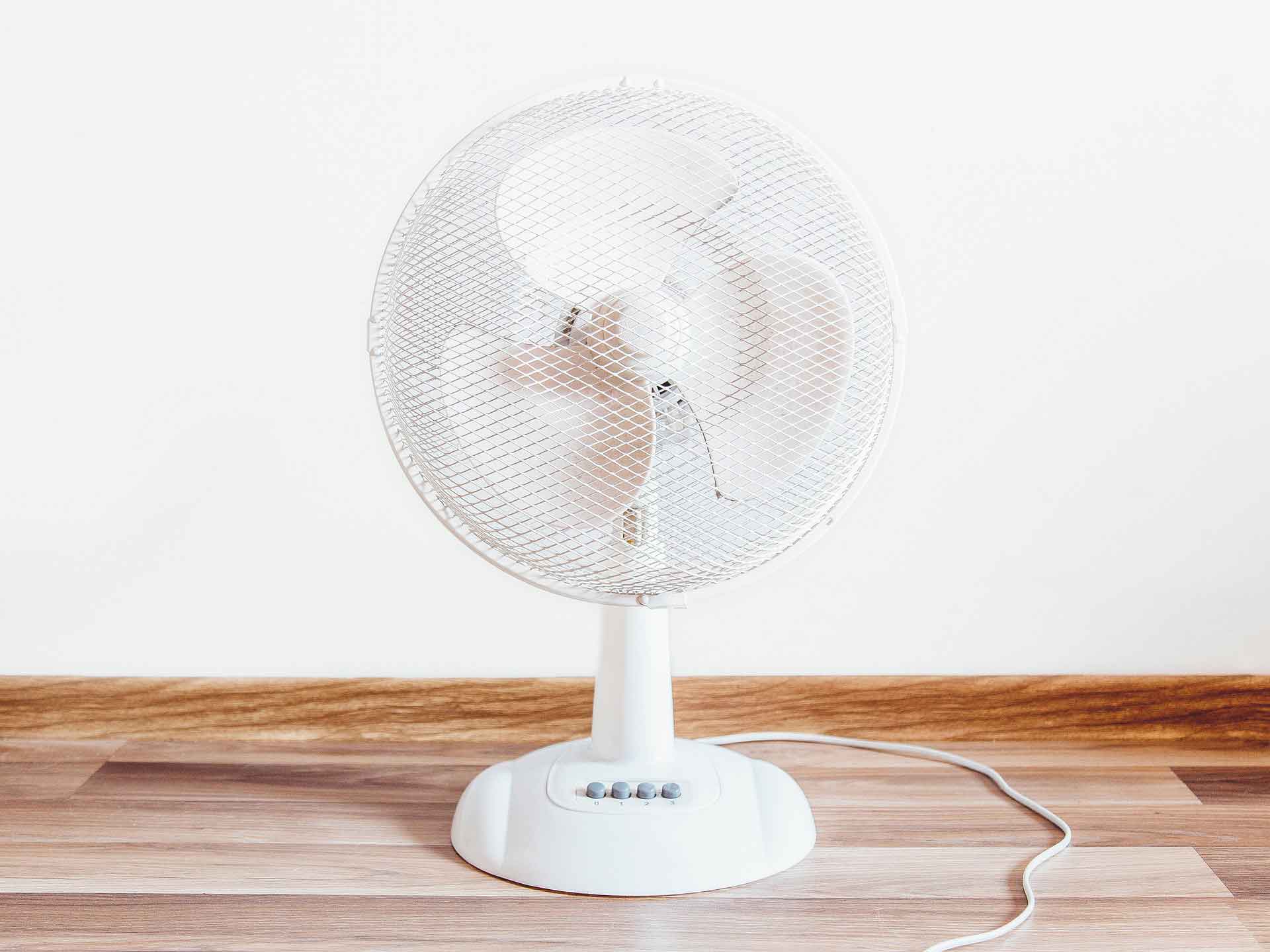With the scorching heat and suffocating humidity in the Philippines, it is no wonder that electric fans are a commonplace in most households in the country. While most are familiar with the utilitarian look of bladed electric fans (a.k.a. pedestal fans), a relatively newer and more sleek design of electric fans have become popular in the market – the tower fan.
For starters, most regular electric fans are priced below ₱2,500, while tower fans are usually around the ₱3,000 – ₱5,000 range for the entry level ones and go as high as ₱30,000+ for the high-end models from Dyson. Apart from that, the average power consumption of bladed electric fans is 0.0642 kWh while tower fans are 34% more efficient at 0.0428 kWh. Tower fans also operate silently, however, they are notorious for creating weaker air flows than traditional bladed fans.
In this article, we will discuss the differences between a tower fan vs. a regular electric fan to help you decide which one is better for you.
What are the differences between a tower fan and a bladed fan?
When we say electric fan, the image that most likely came into your mind is a tall body with a motor and spinning blade attached at the top. Meanwhile, tower fans (a.k.a. bladeless fans) look like futuristic portals that somehow blow air at you.
In contrast to the prominent blade that is attached to a pedestal fan, bladeless fans work by spinning a blower wheel at its base to draw in air and blow it out through the slits the run along the tower “ring”. This difference in design actually influences the performance and costs of these two types of electric fans. We’ve detailed them below:
Cooling Performance
Because of the larger surface area of their blades, regular electric fans generally produce stronger air flows compared to tower fans. Also, since the blades are directly pointed at you, the air that they produce will reach you at full strength.
In contrast, since the tower fan has its blower wheel located at its base, the air the it produces is first blown upwards to the slits in its ring, then gets blown at you at a 90° angle. Apart from that, the surface area if its rings are typically narrower compared to bladed fans, thus effectively reducing its coverage area.
Upfront Cost
Owing to its simple design, regular electric fans are more affordable compared to tower fans. Stand fans often cost around ₱2,500 on average, with higher end models coming in at ₱4,000+. Meanwhile, entry level tower fans come at around ₱3,000 – ₱5,000 rang and can go as high as ₱30,000+ for the high-end models from Dyson.
Apart from the looks and the quality of the materials used for tower fans, the reason why the price can go that high is the added features that come along with them. Higher end tower fans can come equipped with air purification and ionizing functions that are hard to find in regular electric fans.
Operating Cost
This is where things get contentious. To get an estimation of the average operating costs of these two types of electric fans, I’ve parsed data that I’ve collated from Meralco to calculate their average consumption. I will also be presenting the results in the table below
For this, I used Meralco’s power rate of ₱9.744 per kWh, which is the average rate of all residential Meralco customers. We will also assume that you will use your electric fan for 12 hours every day.
(Wattage/1000) x Hours of use x Power Rate = Daily Electricity Cost
[wpdatatable id=22]
As you can see, the tower fan consumes around 34% less energy than standard electric fans. However, given that electric fans generally do not consume much energy at all, then these savings will be negligible even in the long run.
Maintenance
Owing to its simplicity of design, regular bladed electric fans are much easier to maintain than tower fans. They can be taken apart, cleaned, and reassembled without the use of special equipment.
In contrast, tower fans are harder to dismantle and clean. First off, the blower wheel is harder to clean than a fan blade as its design has many nooks and crannies where dust can settle in. Worse, it may be hard to attach and reattach the blower wheel. Instead, people mostly use compressed air or a vacuum cleaner to dislodge dust accumulated on the blower wheel. If you do not have these kinds of equipment, you can painstakingly dust off the blower wheel using a hard brush.
Aesthetics
Tower fans are generally far better to look at than conventional electric fans. They also come in different shapes and sizes as well. What’s more, their bases are usually narrower than most pedestal fans, which makes them a great choice when it comes to condo living.
Conclusion
Now that you know how both of these appliances work, you can make a better decision when choosing one for your home.
If you’re not fussy with looks, opting for a utilitarian bladed electric fan is the way to go. Not only is it more affordable, it’s all easier to clean and maintain. However, the sleek lines of the tower fan is also a great addition to the aesthetics of a modern home.

Miguel Mores worked for 5 years as a member of the product management team for a home appliance company in the Philippines. He started 101appliance to answer the most common customer questions that he has encountered during his time in the industry. He now works in the digital marketing field and manages a small online bookstore on the side.

